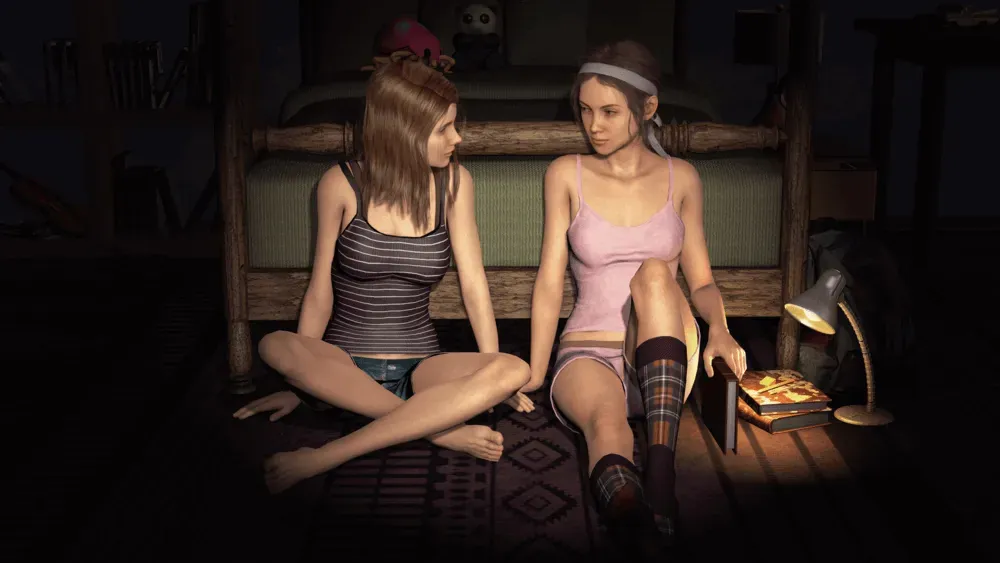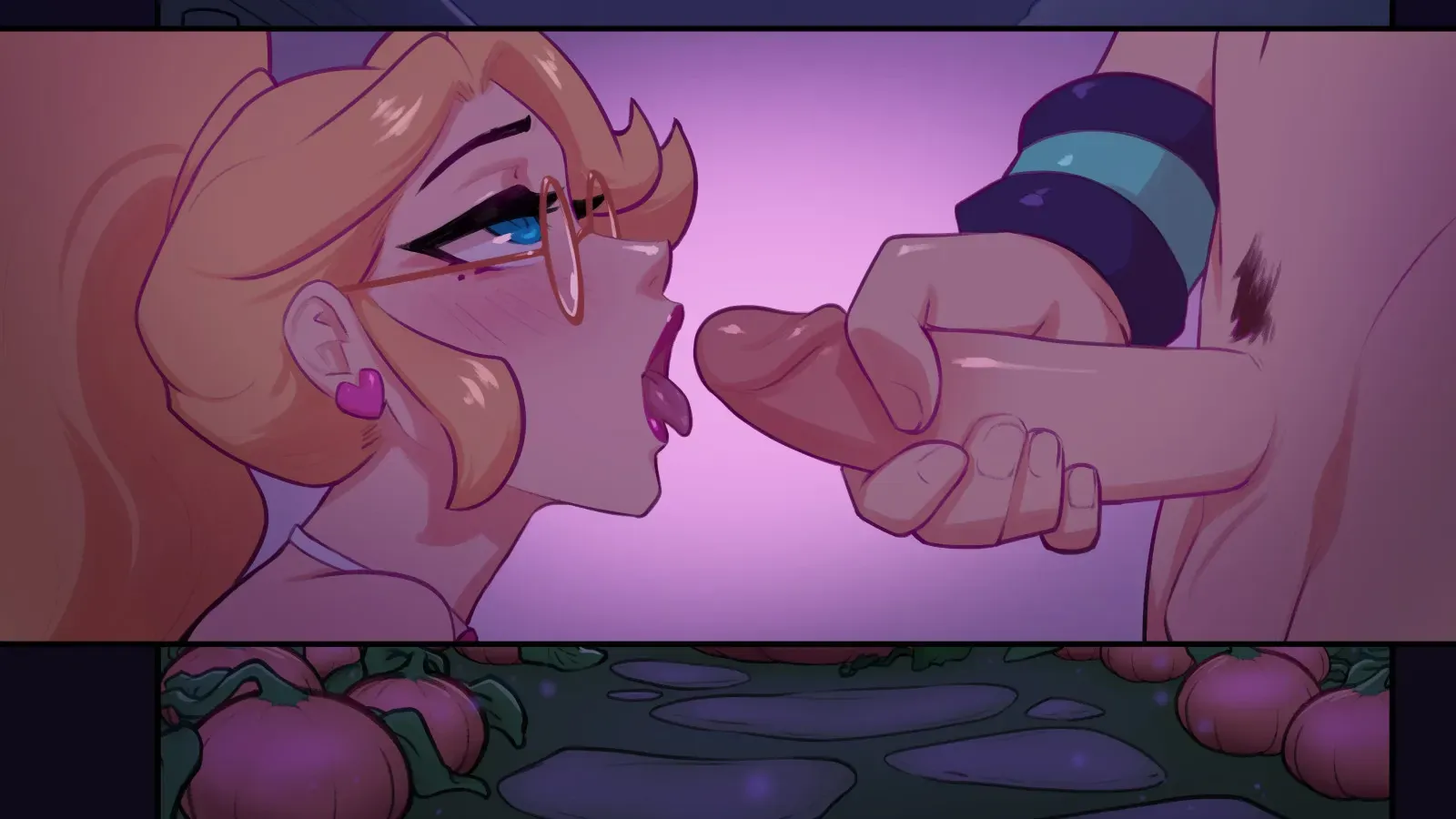
Lilith’s Longing
Play Lilith’s Longing
Lilith’s Longing review
How Choice-Driven Storytelling Redefines Mature Gaming
When I first encountered Lilith’s Longing during its early access phase, the game’s sophisticated approach to mature storytelling immediately stood out. Unlike typical adult-oriented titles, this interactive novel combines emotional depth with strategic decision-making, creating a blueprint for meaningful player engagement. Through three playthroughs and countless branching paths, I discovered how its delicate balance of character development and player agency raises the bar for narrative-driven experiences.
The Architecture of Emotional Choice
Character Webs That Reward Investment
Ever played a game where your romantic choices feel about as impactful as choosing paper or plastic? 😒 Lilith’s Longing flips that script with character webs that react to every flirtatious glance, vulnerable confession, or heated argument. Take the Frank/Abby/Becca love triangle—three characters whose lives intersect in ways that’ll make your head spin (in the best way).
Here’s the kicker: your interactions with Frank, a brooding artist with trust issues, directly shape how Abby (his ex) and Becca (his current flame) perceive you. 🎨 Ignore Frank’s midnight texts? Abby might respect your boundaries, but Becca could label you “emotionally unavailable.” The game’s adult game narrative design thrives on these ripple effects, rewarding players who pay attention to subtle cues.
“I replayed Meiko’s story arc three times just to see how withholding her childhood trauma changed the group dynamic. When she finally opened up? The rooftop scene hit me like a freight train.” – Player testimonial from Reddit
The Lilith’s Longing choice system doesn’t just track romance—it maps emotional ecosystems. During the coffee shop confrontation, siding with Abby’s pragmatic advice over Becca’s idealism doesn’t just alter dialogue. It shifts how both characters approach future conflicts, unlocking hidden scenes where they reference your input weeks later. 🕰️
| Choice | Frank’s Reaction | Abby’s Trust | Becca’s Affection |
|---|---|---|---|
| Defend Abby’s boundaries | -5 Resentment | +10 Respect | -7 Jealousy |
| Support Becca’s idealism | +7 Vulnerability | -3 Distance | +12 Admiration |
| Remain neutral | +2 Curiosity | +5 Caution | -5 Interest |
Branching Paths With Tangible Consequences
Let’s cut to the chase: most games promise “your choices matter,” then deliver endings as different as vanilla and… slightly different vanilla. 🍦 Lilith’s Longing weaponizes relationship mechanics in gaming through its Trust Points system—a dynamic scoring method that’s less about “good vs. bad” and more about emotional authenticity.
Picture this: You’re at the lakeside reconciliation sequence. Becca’s asking why you kissed Frank during the storm scene. Lie about your motives, and her Trust Points plummet, locking you out of her late-game support during the gallery crisis. But admit your conflicted feelings? Her score spikes, unlocking a raw midnight confession scene where she shares her own insecurities. 🌊
What makes this mature content player agency so revolutionary? Permanence. The game auto-saves after major decisions, forcing you to live with messy outcomes. Unlike games that let you rewind mistakes, here you’re stuck with the beautiful chaos you’ve created—just like real relationships. 💔
Pro Tip: Track character-specific triggers! Frank adores bold honesty (+Trust for confronting his evasiveness) but hates pity (-Trust if you coddle him). Meanwhile, Abby rewards strategic vulnerability—share just enough to keep her intrigued without oversharing.
Visual Language of Intimacy
Forget awkward camera angles or cringe-worthy animations. Lilith’s Longing uses visual storytelling techniques that’d make a cinematographer weep. Romantic scenes pulse with symbolic color shifts—a flushed orange glow during heated moments, cool indigo for tender vulnerability. 🌅
During the lakeside reconciliation, notice how Becca’s scarf color morphs based on Trust Points:
- ❤️🔥 Crimson = High trust (passionate resolution)
- 💙 Cerulean = Medium trust (guarded compromise)
- 🤍 Pale gray = Low trust (emotional withdrawal)
The game even plays with tactile visuals—close-ups of trembling hands, lingering eye contact that breaks into smiles. When Frank finally lets his guard down, the camera lingers on his paint-stained fingers nervously twisting a ring… a detail that screams volumes about his inner turmoil. 🖌️
But here’s the genius part: these visual storytelling techniques aren’t just for show. That locket you noticed Abby fiddling with in Chapter 2? It reappears in her ending montage, either clutched tightly (if you betrayed her trust) or discarded (if you helped her move on). Every frame serves the narrative—no detail is accidental.
Why This Changes the Game
Lilith’s Longing doesn’t just raise the bar for adult game narrative design—it reinvents what mature storytelling can achieve. By blending relationship mechanics in gaming with cinematic flair and ruthless consequence systems, it creates a playground for emotional grown-ups. 🎭
Whether you’re here for the messy romances, the strategic Trust Point balancing, or the visual poetry, one thing’s clear: this is mature content player agency done right. So next time you boot up the game, remember—every flirtatious joke and awkward silence is building a story that’s uniquely, gloriously yours. 🔥
Through its sophisticated narrative lattice, Lilith’s Longing demonstrates how adult-themed games can transcend expectations. The carefully constructed choice architecture invites players to explore emotional authenticity rather than superficial engagement. For developers and players alike, this title offers masterclass insights into meaningful interactive storytelling. Ready to experience every branching possibility? The game’s New Game+ mode awaits your rediscovery.













